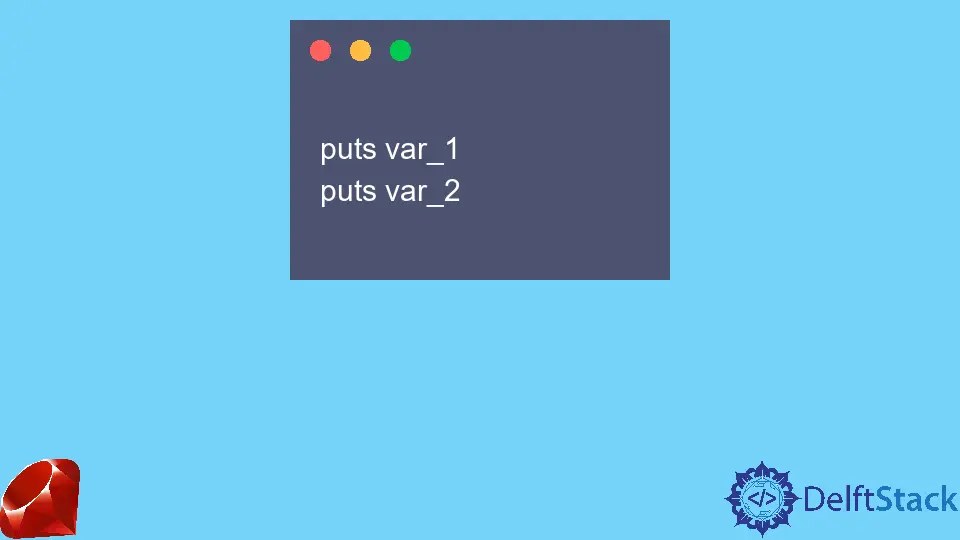Ruby && vs and
- What is the Difference Between && and and?
- Using && for Logical Operations
- Using and for Control Flow
- Conclusion
- FAQ

When diving into the world of Ruby programming, you might stumble upon two seemingly similar operators: && and and. While they both serve the purpose of logical conjunction, their usage and implications can differ significantly. Understanding these nuances is crucial for writing clean, efficient, and readable Ruby code.
In this article, we will explore the differences between && and and, providing clear examples to illustrate how each operator functions. By the end, you’ll have a solid grasp of when to use each operator and how they can impact your code’s behavior.
What is the Difference Between && and and?
The primary distinction between && and and lies in their precedence and how they evaluate expressions. In Ruby, operator precedence determines how operators interact with one another in an expression. The && operator has a higher precedence than and, which can lead to unexpected results if not used carefully.
For instance, consider the following code snippet:
result = true && false || true
In this example, && is evaluated first, resulting in false. Then, the || operator evaluates, giving us true as the final result.
Output:
true
Now, let’s look at the same expression using and:
result = true and false || true
Here, because and has lower precedence, the assignment operation happens before evaluating the logical expression. So, result is assigned true, and the expression evaluates to false || true, which gives us true.
Output:
true
This difference in precedence can lead to subtle bugs if you are not careful about how you structure your expressions. Thus, understanding when to use && versus and is essential for writing effective Ruby code.
Using && for Logical Operations
The && operator is generally preferred for logical operations in Ruby, especially when you want to ensure that the evaluation of expressions happens in a specific order. Its higher precedence makes it ideal for combining conditions in control flow statements like if and while.
Consider the following example where we check multiple conditions:
age = 18
has_permission = true
if age >= 18 && has_permission
puts "You can enter the club."
else
puts "Access denied."
end
In this scenario, both conditions must be true for the user to gain access to the club. The && operator ensures that the evaluation happens in the intended order, making the code clear and straightforward.
Output:
You can enter the club.
Using && in this way not only enhances readability but also prevents logical errors that could arise from misinterpretation of operator precedence. When working on projects where clarity is paramount, sticking to && for logical operations is a best practice.
Using and for Control Flow
On the other hand, the and operator can be a useful tool in Ruby, particularly when you want to maintain readability in control flow statements without getting bogged down by operator precedence. While it’s less common, and can be beneficial in specific scenarios.
Here’s an example where we use and in a conditional assignment:
is_logged_in = false
is_admin = true
is_logged_in = is_admin and true
puts is_logged_in
In this case, is_logged_in will be assigned false because the assignment happens before the evaluation of and. The use of and here emphasizes the logical relationship rather than the assignment operation, making the code easier to read at a glance.
Output:
false
However, it’s crucial to be cautious when using and, as its lower precedence can lead to unexpected results if you’re not careful. It’s generally advisable to reserve and for situations where clarity and readability are more important than strict logical evaluation.
Conclusion
In summary, the difference between && and and in Ruby is primarily about operator precedence and how they evaluate expressions. While && is the go-to choice for most logical operations due to its higher precedence, and can be useful in specific contexts where readability is a priority. Understanding these differences is essential for writing clean and effective Ruby code. By carefully choosing between && and and, you can avoid subtle bugs and enhance the clarity of your programming.
FAQ
-
What is the main difference between && and and in Ruby?
The main difference lies in operator precedence, with && having a higher precedence than and. -
When should I use && over and?
Use && for logical operations where order of evaluation matters, especially in conditionals. -
Can using and lead to unexpected results?
Yes, because and has lower precedence, it can cause assignments to occur before logical evaluations. -
Is one operator preferred over the other in Ruby?
Generally, && is preferred for logical operations, while and is used for readability in control flow. -
Are there any performance differences between && and and?
No, both operators perform the same logical function; the difference is in precedence and readability.